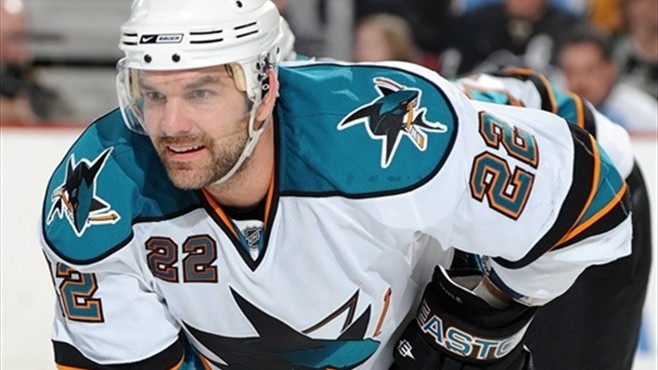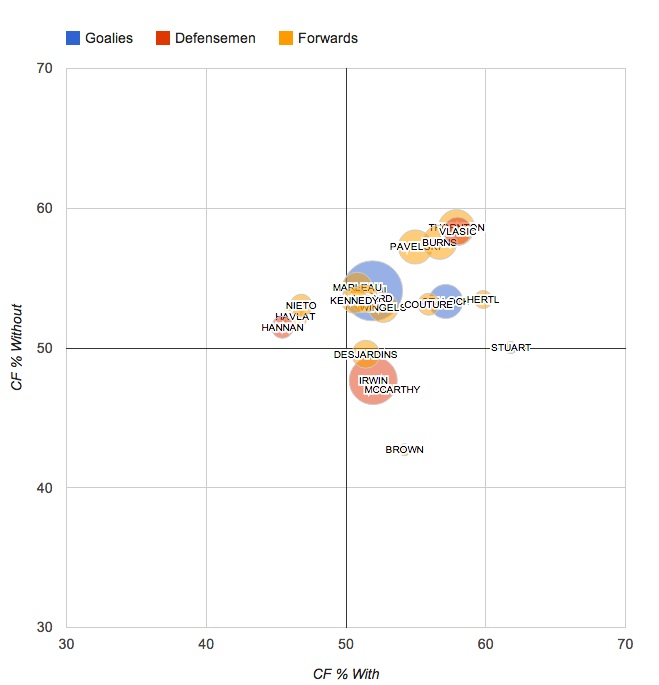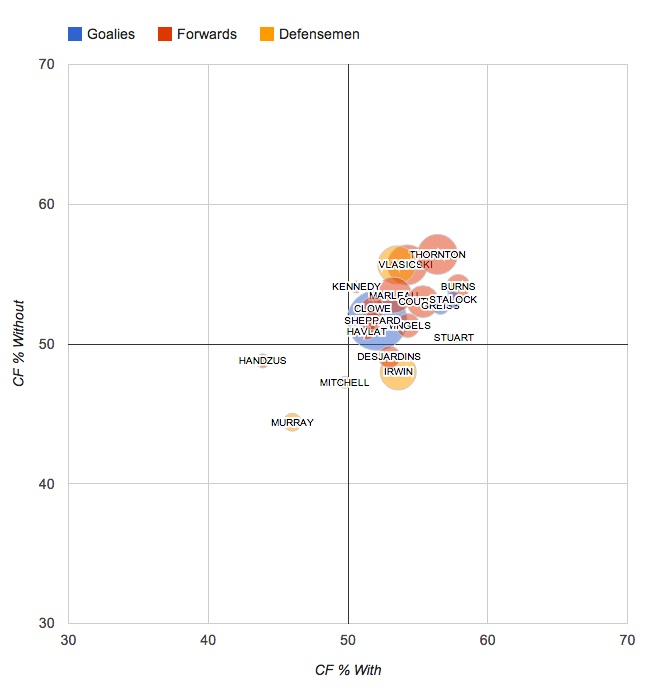When the Rangers signed Dan Boyle to a two-year deal worth $9 million, they were signing someone to fill a pair of holes. The first hole to fill was that of the now departed Anton Stralman on the second pair, and the second was to fill Brad Richards’ role on the powerplay. It’s a gamble to take on a 38-year-old defenseman, but it’s a calculated gamble that, in reality, is relatively low-risk considering the term.
In Boyle, the Rangers get one of the premier powerplay quarterbacks in the game, albeit several years past his prime. Almost half of Boyle’s offensive contributions throughout his career have been with the man advantage, something the Rangers have sorely missed since the Martin Straka, Michael Nylander, and Jaromir Jagr trio left town. His booming shot from the point still commands respect, and his ability to move the puck is still solid.
Boyle still drives puck possession (53% Fenwick) while starting 52.5% of his shifts in the offensive zone. That’s not bad, but he was a negative relative puck possession player on the Sharks, although that is likely due to fact that the Sharks were slightly good last year. He didn’t really receive sheltered minutes in San Jose, skating on the second pair, but he didn’t play against top competition either. That’s ok, he’s not going to be facing top competition with the Rangers either. He’s here to put the puck in the net on the powerplay and hold his own in the defensive zone.
When it comes to how he affects his teammates on the ice, we can look at his WOWY (without/with you) chart. Remember, you want players to be in the lower right of this chart, representing an increase in possession while with Boyle and a decrease in possession without Boyle. His chart from last year:
This shows that Boyle didn’t really have a big effect on his teammates’ play. Most of the players had a negligible difference in possession stats with or without Boyle. A few were better (lower right), and a few were worse (upper left). So, no big difference from last season’s numbers. But like most stats, we can get a better look with a three-year sample:
Not much difference than the chart above. We can infer here that Boyle is still a decent possession player, but he’s not going to tilt the ice for –or against– the Rangers when on the ice.
The concerns with Boyle are the usual concerns when signing a 38-year-old defenseman. First, there’s always the risk of Boyle continuing to slow down. He was never fleet-of-foot, but he was never a liability on his skates either. He’s been getting slower, and that has severely hampered his effectiveness in his own end. He’s no Stu Bickel, but he’s more towards the Dan Girardi end of the spectrum than the Ryan McDonagh end. In a league where speed is becoming a bigger weapon, Boyle could be exploited at even strength.
Second, and perhaps a bit more alarming, is his sharp drop-off in even strength time. Boyle played about 14 minutes per game at even strength last season, down from 14:30 the year before and 16 minutes in 2011-2012. That’s a big drop for a guy expected to put up points from the blue line. It’s also a sign that trust from his coaching staff may have been wavering. If you ask anyone to choose one stat as the be-all-end-all, it’s time on ice. It measures trust, which in turn measures effectiveness. Declining ice time is a red flag.
Another red flag is declining production, which is an area to watch for Boyle. He isn’t the nine-goal per season player he was in his two years from 2010-2012, but he shot well below (almost half) of his career average those years. A career 7% shooter, Boyle is still good for 10-12 goals per season, with half coming on the powerplay. The only problem is that the assists are dropping faster than Radioshack. In 2011-2012, Boyle put up 48 points. The next year he was on pace for just 35 points, and put up 36 last season.
Boyle is a pretty big risk for the Rangers, but it was one of those necessary risks that the team had no choice but to take. The powerplay cost them dearly last season, especially in the Stanley Cup Final against the Kings. Boyle has been brought in for that reason and that reason alone. All other risks at even strength aside, this signing will be a success if Boyle can produce with the man advantage. If.
Share:
More About:Players



